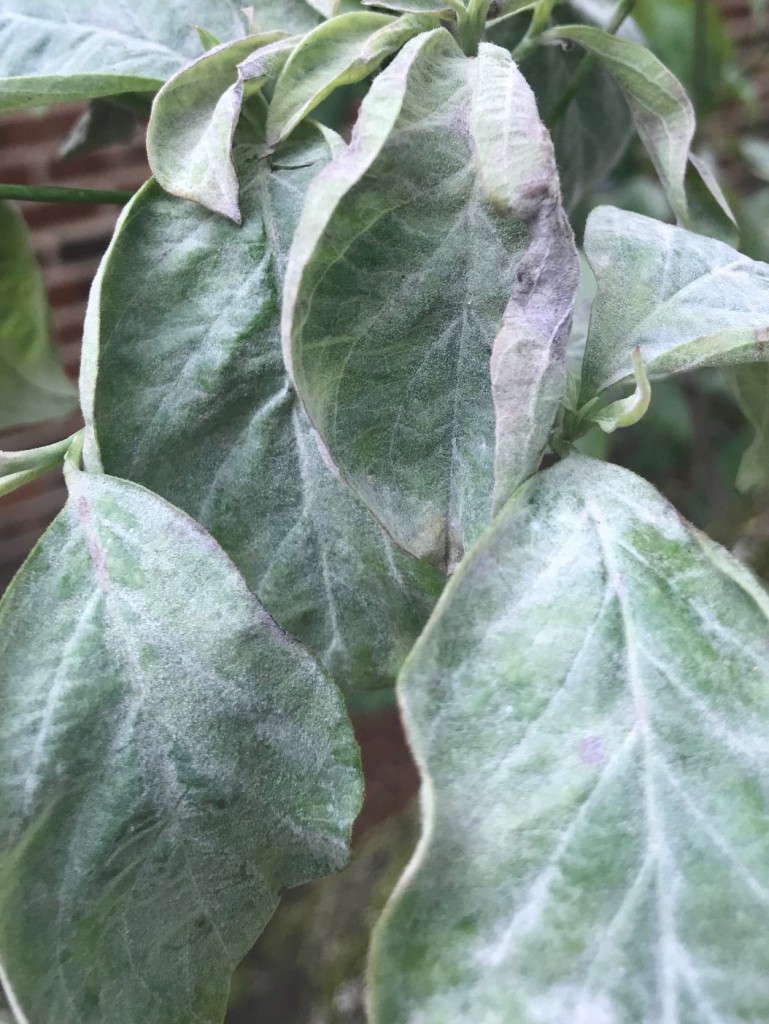
Photo by: James Morgan
Lately, we have gotten our fair share of showers. These rains have created all sorts of problems from preventing farmers getting into their fields earlier to mosquitoes buzzing around everywhere. I can safely say that because of the wet and humid weather we have had to deal with, powdery mildew is at the peak of its seasonal occurrence.
Last week I accidentally locked myself out of my house. Luckily, I gave a spare key to my secretary to keep at the office. As I was waiting for her to come to my rescue I started walking around in the back yard. I discovered that the dogwood tree, next to the house, had powdery mildew on some of the leaves.
Powdery mildew is a disease that attacks crape myrtles, dogwoods, euonymus, roses, oaks, and various herbaceous plants like verbena, phlox, and gerbera daisy. This disease has been widespread and serious in Georgia. It is present on ornamentals from May to October but peaks in May and June. Powdery mildew is fairly easy to recognize. Leaves, flowers and young shoots of ornamental trees are heavily coated with white to grayish powdery patches. The shoots, leaves and even flowers may later be distorted or stunted. The fungi that make up powdery mildew penetrate the outermost layer of plant cells. Spores can be blown to surrounding plants, infecting plants of the same species.
Powdery mildew is not detrimental to established trees and shrubs, but you want to prevent its spread to younger trees or flowering plants. In years past I noticed that powdery mildew shows up on crape myrtles sometime in late May to early June. Some trees just look like they are covered with a light snow if no measures are taken to prevent or control the disease. Suggested control practices include reducing humidity by increasing air circulation. The removal of affected stems or leaves from the plant is also suggested. Rake and remove fallen plant litter. Fungicides such as myclobutanil, thiophanate methyl, tradimefon, and triforine can be applied at the first sign of infection. Do not wait until the entire leaf is covered with mildew. Reapply every two weeks until your plant shows signs of improvement. Please follow the directions on the label for recommended rates. If the problem occurs again in following years, avoid repeated use of a particular fungicide or fungicides with the same mode of action. This will help to minimize fungicide resistance.